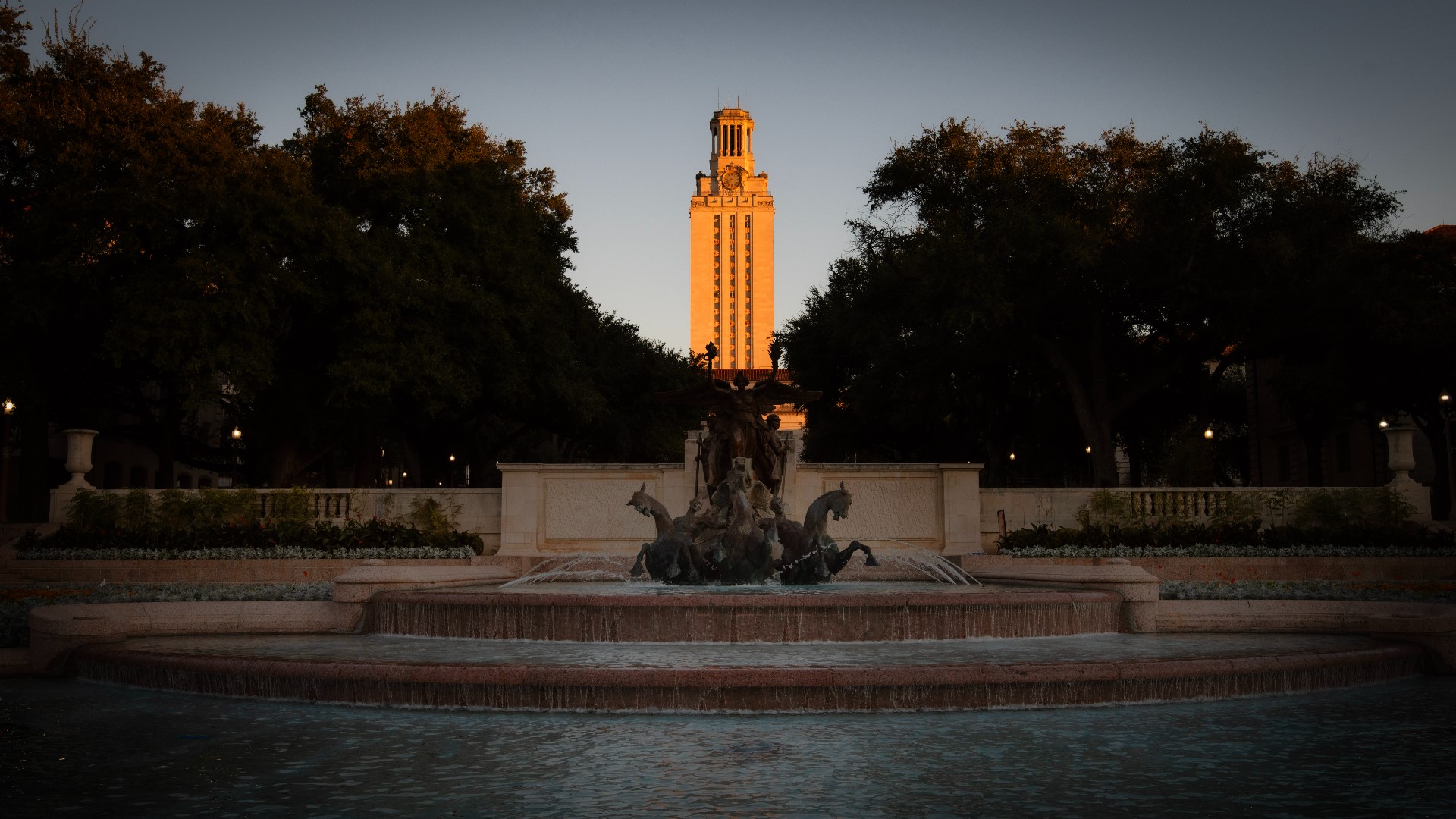AUSTIN, Texas — Is the University of Texas at Austin "elite"? Forbes says yes.
The publication recently put together a list of what it's calling the "New Ivies," 10 public and 10 private universities that Forbes says are "turning out the smart, driven graduates craved by employers of all types."
Forbes crafted the list in response to growing indifference – and, in some cases, resentment – toward schools in the Ivy League.
"Something feels distinctly off on Ivy League campuses," Forbes' Emma Whitford wrote. "The eight colleges have faced a barrage of complaints in recent years over admissions policies that put together a class of amalgamated specialists instead well-rounded, bright students; grade inflation at top schools Harvard and Yale; and most recently, university officials’ responses to on-campus protests against the war in Gaza."
To put together its New Ivies list, Forbes said it started by disqualifying the traditional eight Ivy League schools – Harvard, Yale, Princeton, Brown, Penn, Columbia, Dartmouth and Cornell – as well as Ivy-plus schools Stanford, MIT, Duke and the University of Chicago. Then it started with 1,743 colleges of at least 4,000 students.
Using the most recently available admissions data, Forbes then screened for schools with high standardized testing scores and where at least half the applicants supplied the scores, even if they weren't required to do so for admission. Forbes said it also screened with a "selectivity yardstick (below a 20% admission rate at private schools, 50% at publics)."
From there, it took the 32 remaining schools and surveyed hiring managers.
Military academies weren't included in the analysis, and California universities were also excluded because they don't consider test scores.
UT Austin came in as one of Forbes' 10 "Public Ivies" and, of the 10, is the one with the largest undergrad enrollment. Below is the full list:
- Binghamton University (undergrad enrollment: 14,752; acceptance rate: 42%)
- Georgia Institute of Technology (undergrad enrollment: 16,183; acceptance rate: 17%)
- University of Florida (undergrad enrollment: 32,951; acceptance rate: 23%)
- University of Illinois Urbana-Champaign (undergrad enrollment: 34,354; acceptance rate: 45%)
- University of Maryland-College Park (undergrad enrollment: 28,883; acceptance rate: 45%)
- University of Michigan-Ann Arbor (undergrad enrollment: 31,693; acceptance rate: 18%)
- University of North Carolina-Chapel Hill (undergrad enrollment: 19,215; acceptance rate: 17%)
- University of Texas-Austin (undergrad enrollment: 39,552; acceptance rate: 31%)
- University of Virginia (undergrad enrollment: 17,122; acceptance rate: 19%)
- University of Wisconsin-Madison (undergrad enrollment: 33,068; acceptance rate: 49%)
The Lone Star State was also represented on Forbes' list of "New Private Ivies," with the inclusion of Rice University in Houston:
- Boston College (undergrad enrollment: 9,964; acceptance rate: 17%)
- Carnegie Melon University (undergrad enrollment: 6,816; acceptance rate: 11%)
- Emory University (undergrad enrollment: 7,338; acceptance rate: 11%)
- Georgetown University (undergrad enrollment: 7,306; acceptance rate: 12%)
- Johns Hopkins University (undergrad enrollment: 5,850; acceptance rate: 7%)
- Northwestern University (undergrad enrollment: 8,652; acceptance rate: 7%)
- Rice University (undergrad enrollment: 4,229; acceptance rate: 9%)
- University of Notre Dame (undergrad enrollment: 9,049; acceptance rate: 13%)
- University of Southern California (undergrad enrollment: 21,154; acceptance rate: 12%)
- Vanderbilt University (undergrad enrollment: 7,109; acceptance rate: 7%)

